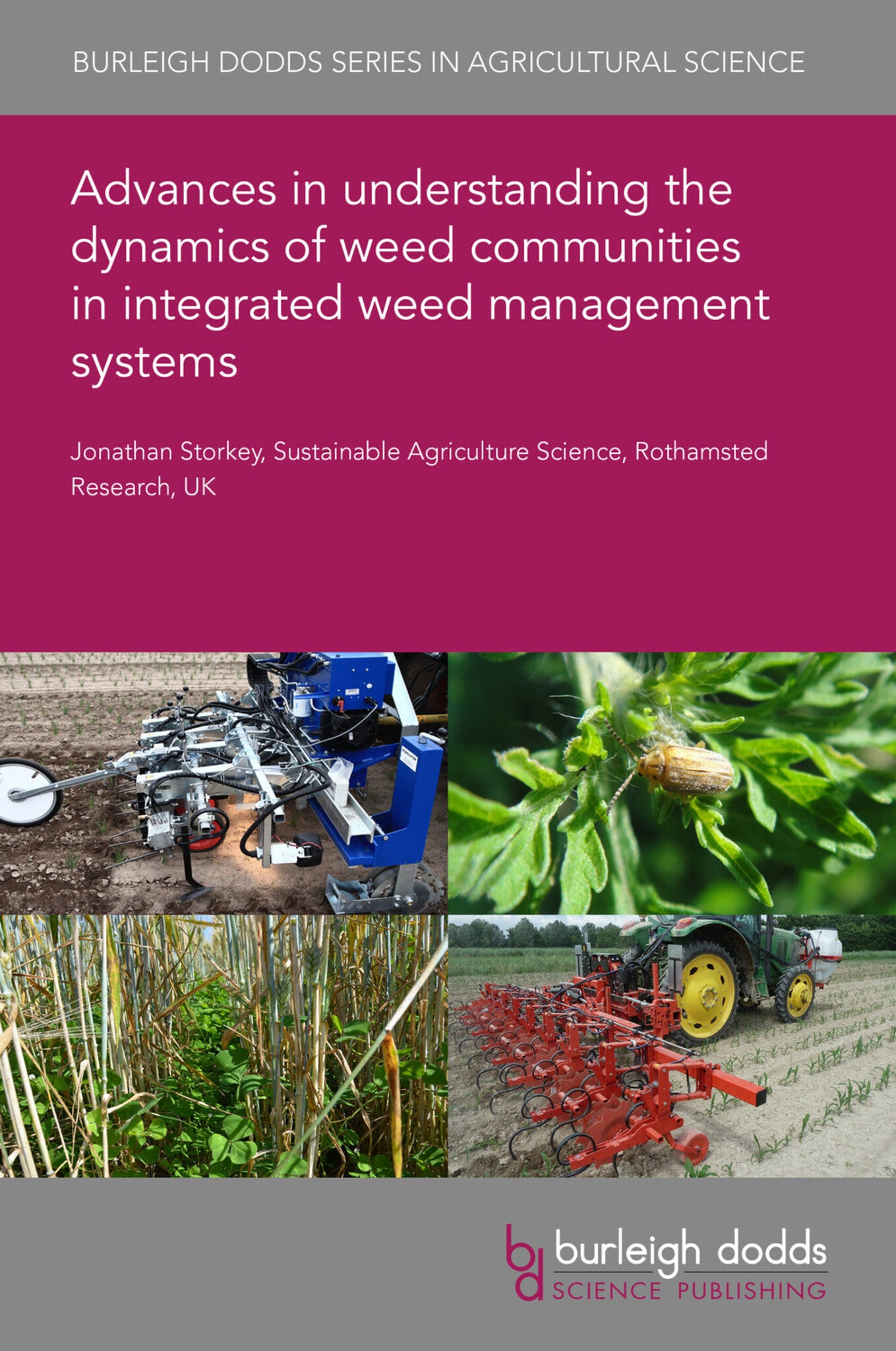We're sorry. An error has occurred
Please cancel or retry.
Advances in understanding the dynamics of weed communities in integrated weed management systems
Regular price
£25.00
Sale price
£25.00
Regular price
£25.00
Unit price
/
per
Sale
Sold out
Re-stocking soon
The shift towards integrated weed management necessitated by the negative unintended consequences of over-reliance on herbicides is a significant challenge for predicting the dynamics of weed commu...
Read More

Some error occured while loading the Quick View. Please close the Quick View and try reloading the page.
Couldn't load pickup availability
- Format:
-
25 April 2022

The shift towards integrated weed management necessitated by the negative unintended consequences of over-reliance on herbicides is a significant challenge for predicting the dynamics of weed communities. In response to this challenge, the novel approach of applying trait-based methodologies to weed science problems has emerged as a solution. This chapter reviews the progress that has been made in the application of this approach to IWM in two areas: 1) the analysis of survey and experimental data from contrasting weed management systems and 2) the extension of the scope of weed population dynamics models by quantifying relationships between traits and model parameters. While great progress is being made in both areas, defining individual IWM approaches in terms of their impact on ecological processes and identifying a standard set of traits that respond to those interventions would be valuable for delivering the full potential of the trait-based approach in the future.

Price: £25.00
Publisher: Burleigh Dodds Science Publishing
Imprint: Burleigh Dodds Science Publishing
Series: Burleigh Dodds Series in Agricultural Science
Publication Date:
25 April 2022
ISBN: 9781801464796
Format: eBook
BISACs:
TECHNOLOGY & ENGINEERING / Pest Control, Pest control / plant diseases, TECHNOLOGY & ENGINEERING / Agriculture / Sustainable Agriculture, TECHNOLOGY & ENGINEERING / Agriculture / Agronomy / Crop Science, Sustainable agriculture, Agronomy and crop production

1 Introduction 2 Empirical case studies 3 A trait-based approach to population dynamics modelling 4 Conclusions 5 Acknowledgements 6 Where to look for further information 7 References



